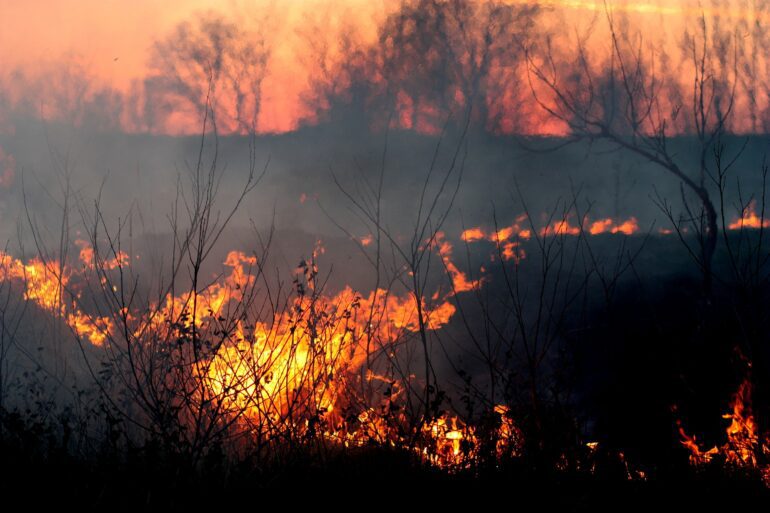TL;DR:
- AI, with deep learning and neural networks, aids in mitigating the impact of natural disasters.
- It analyzes historical data, including tectonic movements and oceanic factors.
- Google and Harvard’s AI system improves earthquake prediction accuracy.
- Challenges include AI adoption in weather forecasting and reliability concerns.
- The private sector, driven by companies like Google, leads AI adoption.
- Progress in AI-driven prediction is promising but requires practical application.
Main AI News:
The devastating earthquake that struck Turkey and Syria in February 2023 left a trail of destruction, claiming numerous lives and causing extensive damage to both property and human well-being. While the complete prevention of natural disasters remains a complex challenge, the prospects of mitigating losses in terms of lives, assets, and human suffering may now rest within our grasp, thanks to the formidable ally of artificial intelligence (AI).
Leveraging the profound capabilities of deep learning and neural networks, AI possesses the ability to analyze vast sets of historical and real-time data, encompassing critical factors such as tectonic shifts, fluctuations in water levels, and oceanic temperatures. Through this analysis, AI can serve as an invaluable early warning system, alerting us to the impending threats of floods, earthquakes, and volcanic eruptions.
However, it’s essential to understand that AI is not a universal panacea for natural disaster management but rather a potent tool that forward-thinking teams are beginning to deploy.
The Mechanics of AI-Powered Natural Disaster Prediction
To delve into the mechanics of AI-driven natural disaster prediction, let’s examine an exemplary system jointly developed by Google and Harvard University, focusing on earthquake forecasting.
The pivotal challenge in preventing the loss of lives during seismic events lies in accurately pinpointing their epicenters. Aftershocks, which often follow major earthquakes, can perpetuate destruction by compromising already weakened structures and causing further casualties. While human experts can provide some level of prediction regarding the occurrence and location of earthquakes, AI promises to enhance accuracy and timing significantly.
The Google-Harvard AI system scrutinizes an extensive database containing over 131,000 “mainshock-aftershock” incidents, meticulously identifying patterns in the data. Subsequently, scientists tested the neural network on a database comprising 30,000 pairs of mainshock and aftershock events. Remarkably, the AI system outperformed existing prediction systems, which predominantly rely on Coulomb failure stress change, achieving a rating of 0.849 compared to the Coulomb method’s 0.583 on a predictive strength scale ranging from 0 to 1.
In the words of Brendon Meade, a professor of Earth and planetary sciences at Harvard, “There are three things you want to know about earthquakes: when they are going to occur, how big they’re going to be, and where they’re going to be. Before this work, we had empirical laws for when they would occur and how big they were going to be, and now we’re working the third leg, where they might occur.”
Challenges and Opportunities in AI Adoption
While AI holds immense promise, it has not yet fully integrated into critical domains such as weather forecasting, primarily managed by government-supported agencies. Dale Durran, a professor of Atmospheric Sciences at the University of Washington, notes, “The most innovative work on the modeling itself seems to come from private companies right now more than the [government] weather services.” He emphasizes the need for weather services to explore AI-driven advancements, acknowledging that transitioning from current methodologies carries its own challenges and costs.
Moreover, the reliability of AI as a predictive tool for natural disasters remains a paramount concern, as it has not yet achieved widespread success in this regard.
Conclusion:
AI’s increasing role in natural disaster forecasting signifies a significant shift in disaster management. With improvements in accuracy and predictive capabilities, AI presents lucrative opportunities for tech companies, government agencies, and the broader market focused on disaster mitigation and preparedness. As private sector engagement grows, AI’s potential to revolutionize this critical field cannot be underestimated, emphasizing the importance of continued exploration and investment in this technology.

